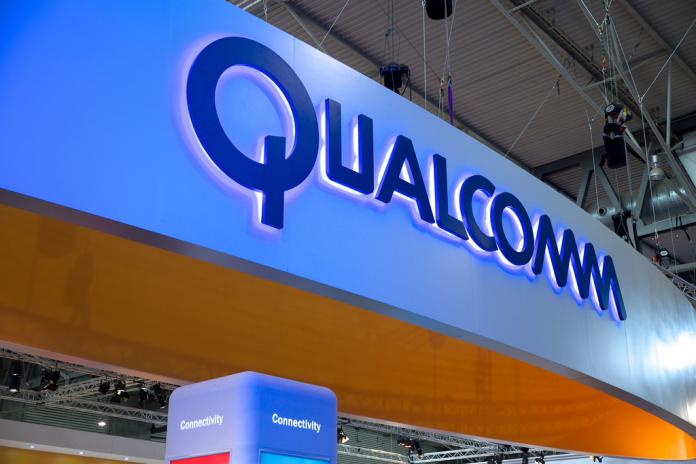The company announced the end-to-end 802.11ax portfolio. The set includes the IPQ8074 system-on-chip (SoC) for network infrastructure and QCA6290 for client devices. Qualcomm says its solution is designed to improve connectivity and make Wi-Fi traffic more efficient. In its blog announcement, Qualcomm points out it is the first company to announce an end-to-end support 802.11ax. Boosting capabilities is essential due to networks becoming more crowded and diverse. Silicon needs to be able to match the network demands. “CAPACITY – not peak speed – has become the most important measure of a network’s ability to handle the ever-increasing demands of today’s diverse mix of application and services,” said Rahul Patel, senior vice president & general manager, connectivity, Qualcomm Technologies, Inc. IEEE 802.11ax is a wireless standard specification to increase performance of LANs. It is worth noting that this standard will not be signed off until next year. Qualcomm is acting quickly to prepare its silicon for the standard. It is not unusual for companies to start planning components before a new sepecification is signed off. “We were the first to commercialize capacity utilization-focused solutions, such as MU-MIMO, Wi-Fi SON and 802.11ad, and are now on the front lines of 11ax innovation that will propel the Wi-Fi industry into the next phase of high-capacity, high-efficiency networks,” Patel Added. “The transformative features of our 802.11ax solutions are designed to enable our customers to meet these demands, ensuring ample Wi-Fi capacity for richer connected experiences.”
Qualcomm 802.11ax
The 802.11ax next-gen standard is oriented to expand network capacity and adapt to complex environments through consistent and fast connectivity. At the moment, Wi-Fi networks are strained under more connected devices, increased traffic, and overlapping networks. Qualcomm says this “threatens” the quality of the Wi-Fi experience. The company’s 802.11ax solution features support for 12 streams (eight 5GHz and four 2.4GHz), 8×8 MU-MIMO, 80 MHz channels and other features to maximize capacity and coverage. Familiar cellular techniques such as Orthogonal Frequency Division Multiple Access (OFDMA) and traffic scheduling are also baked in “This managed approach of resource allocation, along with the optimization of wake-up time, can reduce Wi-Fi power consumption by 2/3rd* to extend device battery life without adversly impacting performance.”




